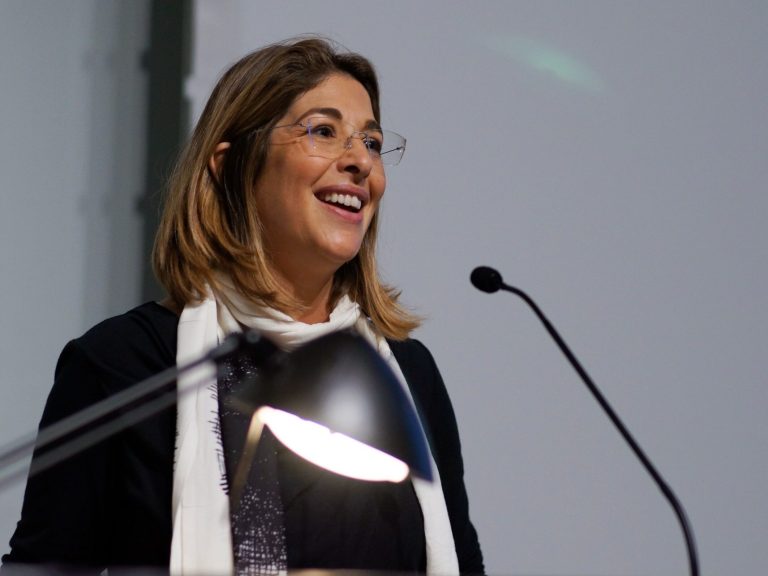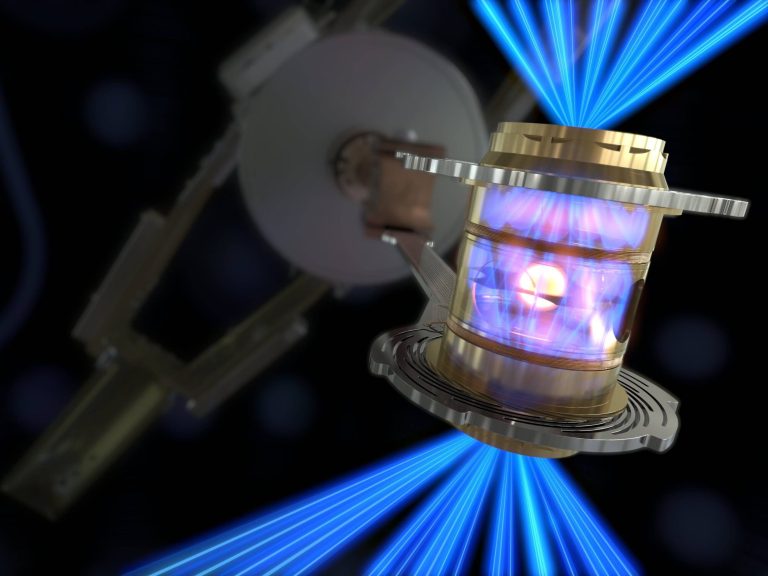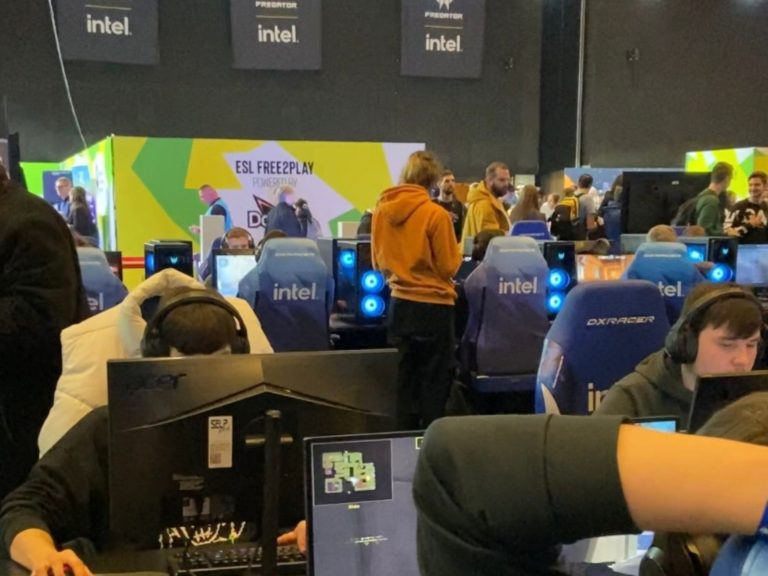NCBJ conducts research in the field of nuclear energy. There are plans to design a small reactor

– The Institute has rebuilt its competences in the field of nuclear energy, and not only when it comes to experts who know about large reactors – says “Wprost” prof. Krzysztof Kurek, director of the National Center for Nuclear Research. Scientists told us about NCBJ research in the context of nuclear energy during our visit to the Center as part of the “Science is a Polish specialty” series.
In the November episode of the series “Science is a Polish specialty”, we visited the National Center for Nuclear Research to find out what projects related to nuclear energy scientists are working on here. The National Center for Nuclear Research, located in Świerk, which is part of Otwock, is one of the largest research institutes in Poland. This is where the only operational MARIA research reactor in Poland is located.
National Center for Nuclear Research and nuclear energy
– Nuclear energy is a quite developed field in the world. This is not the period in history when it is just germinating. However, since we have both a reactor and physicists who deal with theory and experiments, research on atomic nuclei, and research on elements, this knowledge allows us to think about how to improve nuclear energy, what more can be done. It is not easy, because most of it has already been done, but we can develop projects for the future – says Prof. Agnieszka Pollo, Deputy Director of the National Center for Nuclear Research for Scientific Affairs.
However, many researches are conducted in Otwock, including those useful in the field of nuclear energy.
– Thanks to the fact that we have a working reactor, we can test various types of materials in its immediate vicinity. On the other hand, if we have reactor fuel, we can also wonder how to transport it safely or how to control the transport of radioactive waste – says Prof. Pollo. – Another aspect is to use the logistics knowledge we have, to use the supercomputer center that also operates in our country to plan how the entire energy structure can operate, to develop the safety logistics of such a structure that also includes nuclear energy – he adds.
During our visit to Otwock, we visited, among others: Materials Testing Laboratory. Director of the Department of Materials Physics, Prof. told us about his work. Jacek Jagielski.
– The Materials Testing Laboratory has several tasks. Firstly, ultimately in the nuclear energy program it is to serve as the so-called technology support organization, i.e. an expert tool of government institutions for checking the condition of nuclear installations and ensuring the safe operation of reactors – said the scientist. – In the scientific part, it is used to conduct research on new materials that will be used both in nuclear energy and in the broadly understood economy. Additionally, it is also used to constantly monitor the condition of the MARIA reactor to see whether it can be operated safely, he added.
What materials can be used in reactors?
During our camera visit to the Laboratory, scientists showed us the equipment used for materials research and the basic research that can be performed with it. Everything that takes place in the Laboratory helps find the best possible materials to use in reactors.
– Materials used in reactors must be resistant to radiation. This means two main features. Firstly, such materials cannot undergo isotopic transformations, which could result in them becoming dangerous as a result of irradiation in the core – explains Prof. Jagielski. – Secondly, their mechanical and functional properties must be resistant to the radiation field for a very long time. Current generations of reactors are designed to operate for 60 years with the possibility of extending to 100 years. And we must ensure that this material will be safe for these 100 years, he emphasizes.
The next place we visited at the National Center for Nuclear Research was the Department of Particle Acceleration Physics and Technology. The manager, prof., told us about his activities. Sławomir Wronka, who showed us and told us about the linear accelerators being built here and the possibilities of using them in the context of nuclear energy.
– We can control all industrial elements that are in a classic power plant, such as turbines, connections, steam systems. We can check for cracks and operational damage. In the case of a nuclear reactor, we can additionally check the quality of the fuel, e.g. if it is in the form of capsules properly arranged, whether there are any gaps, whether the capsules are completely complete, whether there are no leaks, the scientist said. – Finally, after burning the fuel, before it goes to the landfill, is it properly secured and what is inside? In fact, with these devices we check whether what is inside is what it should be and in the form it should be in, he added.
Prof. Kurek: The goal is to design a small nuclear reactor
The center’s director, Prof., also told “Wprost” about NCBJ’s activities in the context of nuclear energy. Krzysztof Kurek.
– The MARIA nuclear reactor can be used in the field of nuclear energy training because it is the only operational nuclear reactor in Poland. His role here will be twofold. On the one hand, it can be used for material research, and we conduct such material research on the MARIA reactor, says the director of the Center. – Additionally, it is a place where we can show how such a reactor functions, which means that it is obviously a good place to train future staff managing and operating reactors in nuclear power plants – he adds.
Prof. Kurek told us about the center’s ambitious plans for the future, emphasizing that the Institute has rebuilt its competences in the field of nuclear energy. – And not only in the field of experts who know about large reactors. We are also conducting research, currently preparatory, to develop the technical design of the Polish high-temperature reactor. This project is currently at the technical design stage. We hope that it will be developed in about a year and a half, says the scientist. – The project of this reactor is carried out in cooperation with the Japanese Atomic Energy Agency and is based on the high-temperature reactor in Orai operating in Japan. The goal is to design a device that will be a small nuclear reactor. We are currently thinking about a reactor, a technology demonstrator in Świerk with a capacity of 40 megawatts. But of course, the project can be scaled to higher power if necessary, he adds.
The reactor is intended to produce high-temperature steam for industrial applications. – We are thinking here about steam at a temperature of 700 degrees. You can also think about reactors that will produce steam above 1000 degrees, which is very important for the production of clean hydrogen, but here the design of the device becomes a bit more complicated because carbides have to be used instead of steel and this is a much more expensive project – emphasizes the director of NCBJ . – Such steam can be used both for industrial applications, for example in the chemical industry, and for what we want to do, i.e. hydrogen production. If such a project were implemented in Świerk, we would have an installation that, in addition to the reactor itself, would also include a “small chemical factory” that would produce hydrogen using heat from the reactor, the scientist points out.






